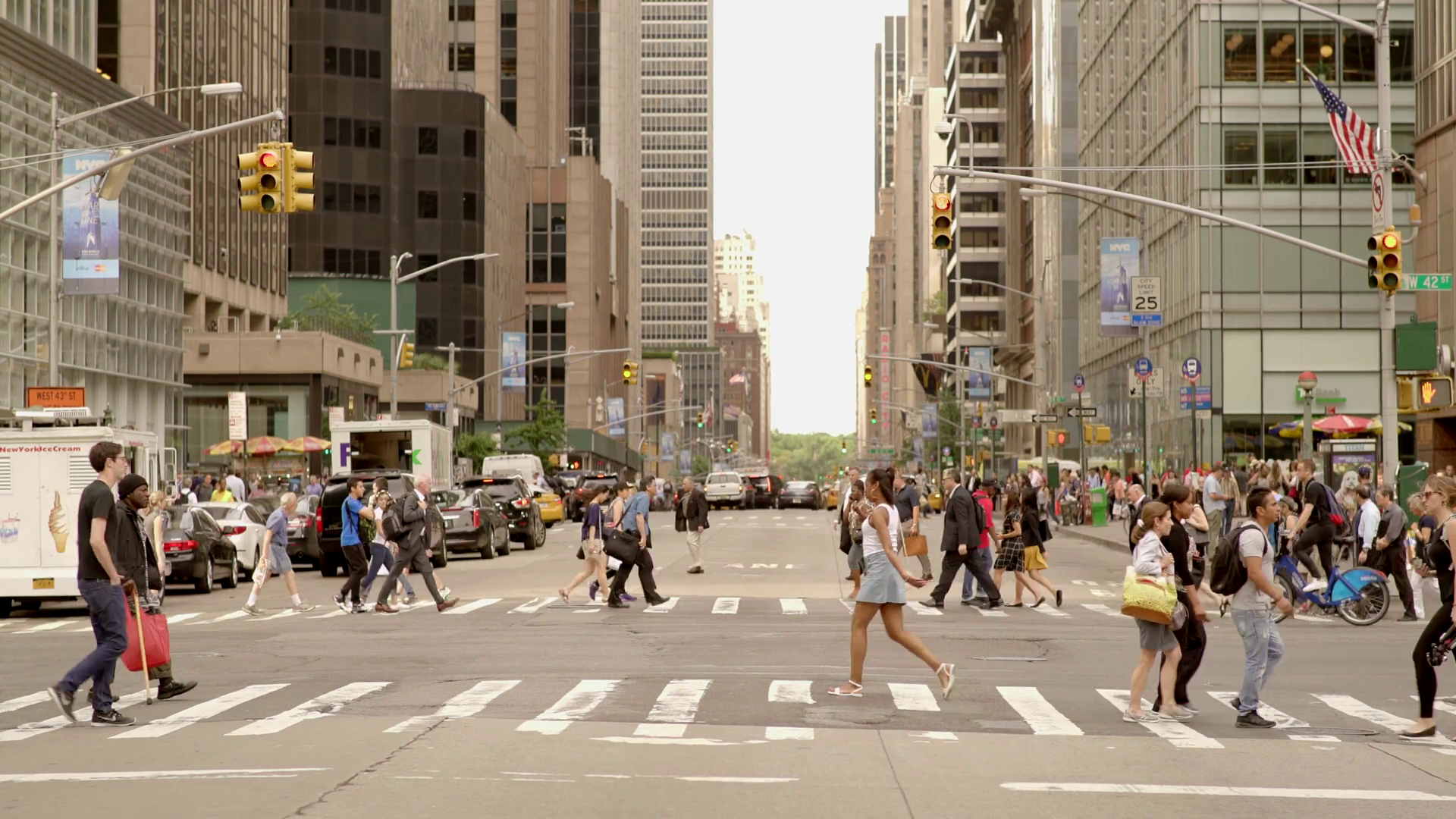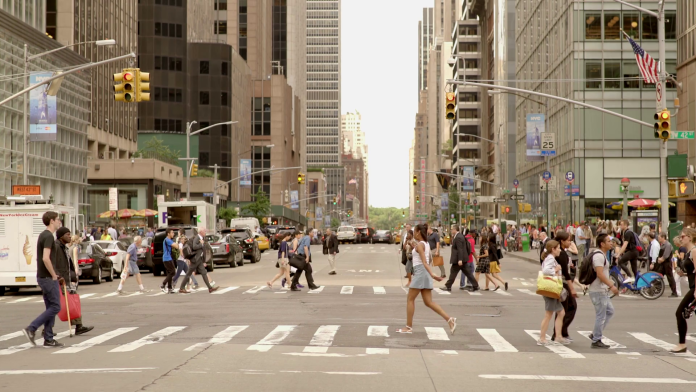The urban landscape is a vibrant tapestry woven with the threads of history, culture, and diversity. And within this intricate mosaic lies a treasure trove of culinary experiences, waiting to be discovered and savored. From the humble street food stalls to the upscale Michelin-starred restaurants, cities offer a tantalizing array of flavors that cater to every palate and budget. This article delves into the dynamic and ever-evolving culinary landscape of urban living, exploring how cities provide a platform for the confluence of local traditions and global influences. We will journey through the diverse culinary offerings—from the authentic flavors of local eats to the exciting fusion of global cuisines—and uncover the stories and personalities behind the food.
The Allure of Street Food: A Reflection of Urban Lifestyle

In bustling city streets, the aroma of sizzling meats, fragrant spices, and freshly baked bread emanates from countless food stalls. Street food is an integral part of urban life, offering a quick, affordable, and oftentimes delicious meal. It reflects the fast-paced lifestyle of city dwellers who are constantly on the go and in need of a quick bite. But beyond its convenience, street food also serves as a reflection of the cultural and social fabric of a city.
A Platform for Local Traditions and Flavors
Street food vendors often come from generations of families who have been perfecting their recipes for decades. They take pride in preserving their heritage and sharing it with others through their food. In cities like Bangkok or Mumbai, street food is deeply ingrained in the local culture, and it is not uncommon to find vendors who have been selling the same dishes on the same street corner for generations.
This dedication to tradition can be tasted in the flavors and techniques used in street food. From the spicy tom yum noodles of Thailand to the savory kebabs of Turkey, street food offers a taste of authentic local flavors that have been passed down through generations.
A Microcosm of Diversity
Cities are melting pots of cultures, and this is reflected in their street food offerings. In one street market, you can find a variety of cuisines from different regions of the world. This diversity allows for the fusion of flavors and techniques, creating unique and exciting dishes that cannot be found anywhere else.
For example, in New York City’s famous Smorgasburg market, you can find everything from traditional Korean barbecue to Mexican tacos infused with Korean flavors. These fusions not only offer a delicious blend of different cuisines but also serve as a reflection of the diverse communities living in the city.
From Local Eats to Global Delights: Exploring Urban Cuisine
As cities continue to grow and evolve, so does their culinary landscape. While street food may be a staple, cities also offer a plethora of dining options that cater to a more upscale and international palate. Let’s take a closer look at some of the popular trends and influences driving this evolution.
The Rise of Gourmet Food Trucks
Food trucks have become a popular trend in urban areas, offering a unique dining experience and creative cuisine at an affordable price. These mobile restaurants often specialize in a particular type of food, such as burgers or tacos, and utilize fresh and high-quality ingredients to create elevated versions of these beloved dishes.
What sets food trucks apart is their ability to quickly adapt to changing food trends and experiment with new flavors and techniques. They also provide opportunities for up-and-coming chefs to showcase their talents without the high costs of starting a brick-and-mortar restaurant. This has led to a thriving gourmet food truck scene in cities like Los Angeles and Austin, where foodies flock to try the latest creations from these mobile kitchens.
Global Influences on Fine Dining
The globalization of food has had a significant impact on the fine dining scene in cities around the world. Chefs are now able to draw inspiration from different cultures and cuisines, resulting in a fusion of flavors and techniques that create exciting and innovative dishes. This trend has also led to an increase in international ingredients and cooking methods being incorporated into fine dining menus.
For example, the popular Peruvian dish ceviche has become a staple in many fine dining restaurants, and Japanese techniques like sous vide and tempura are commonly used in high-end kitchens. This blending of global influences has opened up new possibilities for chefs to create unique and unforgettable dining experiences.
The Emergence of Food Halls
Food halls have become a popular dining destination in cities around the world, offering a variety of cuisines and dining options under one roof. These large, communal eating spaces allow for a diverse range of cuisines, from traditional to fusion, to be enjoyed in a casual and vibrant atmosphere.
One of the benefits of food halls is their ability to cater to different dietary restrictions and preferences. Vegetarian, vegan, and gluten-free options can often be found alongside more traditional fare, making it easier for groups with different dietary needs to dine together. Additionally, food halls offer a chance for visitors to try multiple dishes in one setting, providing a more comprehensive taste of the local culinary scene.
Exploring Culinary Landmarks: A Journey Through Urban Dining
Every city has its iconic culinary landmarks, from historical institutions to trendy hotspots. They serve as a representation of the city’s food culture and often have interesting stories behind them. Let’s take a look at some notable examples.
Pike Place Market, Seattle
Located in the heart of downtown Seattle, Pike Place Market is one of the oldest continuously operated public markets in the United States. It is home to over 500 vendors, including fresh produce, artisanal foods, and crafts. But what makes this market a must-visit for foodies is its seafood offerings, particularly the world-famous Pike Place Fish Market.
Established in 1930, this family-owned fish stall has become an iconic landmark, known for its lively fishmongers who throw whole fish to each other across the counter. This spectacle has drawn tourists from all over the world to witness the impressive display and sample some of the freshest seafood in the city.
Le Marché des Enfants Rouges, Paris
Le Marché des Enfants Rouges, or the Red Children’s Market, is the oldest covered market in Paris, dating back to 1615. It takes its name from the orphanage that used to occupy the site, where the children wore red clothes. Today, this bustling market is a favorite among locals and visitors alike, offering a variety of food stalls and restaurants serving up traditional French cuisine, as well as dishes with influences from North Africa and Asia.
One of the highlights of the market is the Moroccan stall, Chez Alain Miam Miam, which serves up delicious tagines and couscous dishes. The market’s intimate atmosphere makes it the perfect spot to enjoy a leisurely lunch and people-watch.
Conclusion: A Culinary Journey Through Urban Living
The culinary landscape of urban living is a vibrant and ever-changing tapestry, reflecting the diversity and dynamism of cities. From the bustling street food stalls to the upscale fine dining restaurants, every dish offers a glimpse into the culture and history of a city. Whether you’re a foodie looking for unique and exciting flavors or simply looking for a quick and affordable meal, urban living has something to offer for everyone’s palate. So go ahead and savor the culinary delights of the city, one bite at a time.
